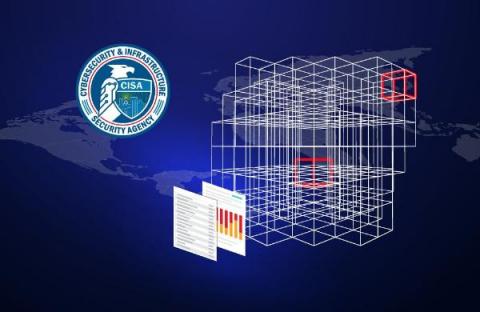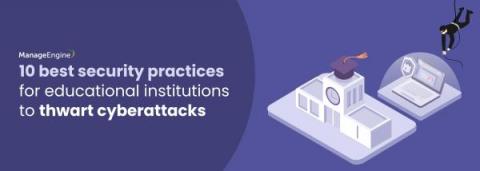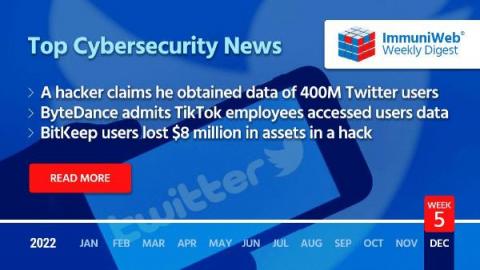Security | Threat Detection | Cyberattacks | DevSecOps | Compliance
Security
Why Do You Need an EV Code Signing Certificate?
You probably know what a code signing certificate is and why it is needed. But for the uninitiated, a code signing certificate is a digital security certificate used by software developers to sign their apps, drivers, software, executable codes, and others. It provides end-users the surety that the software code they received hasn’t been altered or compromised. A Certificate Authority (CA) will provide you with a code signing certificate after conducting the required validation.
GitGuardian Secrets Detectors 2022 Wrap-Up
The GitGuardian team is still striving to provide the broadest secrets detection engine, helping you find and fix all sorts of hardcoded secrets! Learn more about the specific and generic detectors our team has released in 2022 in this post.
GitGuardian Public Monitoring demo - protect your attack surface on GitHub
[Webinar] Exposing Leaked Secrets Inside Android Apps! Cybernews & GitGuardian
Why an SBOM is Vital to Application Security and Compliance
Attacks targeting the software supply chain are on the rise. Indeed, data from the Mend Open Source Risk Report shows a steady quarterly increase in the number of malicious packages published in 2022, with a significant jump in Q3, which jumped 79 percent from Q2. The European Cybersecurity Agency (ENISA) predicts that supply chain attacks will increase fourfold by 2022.
Are educational institutions easy victims of ransomware groups?
Ransomware’s new favorite victim is educational institutions. Ransomware attacks, that exploit targets utilizing malicious software code, have increased tremendously over the past few years. In addition to targeting business sectors, cybercriminals are now attempting to ambush the security posture of educational sectors. Educational institutions are an easy prey for ransomware attackers as they lack the fundamental elements of a secured network.
A Hacker Claims to Have Obtained Data of 400M Twitter Users
Read also: ByteDance caught using TikTok to spy on reporters, BitKeep users lost $8 million in assets in a hack, and more.
Manage the Workflows page
How to Securely Share Passwords with Team Members
Sharing a Netflix account between family members might not seem like a big deal, but shared accounts can put you at risk. Individual users should consider that sharing login details can increase the chances of your details getting into the wrong hands. Shared access between family members is one thing, but what about shared accounts between co-workers?











